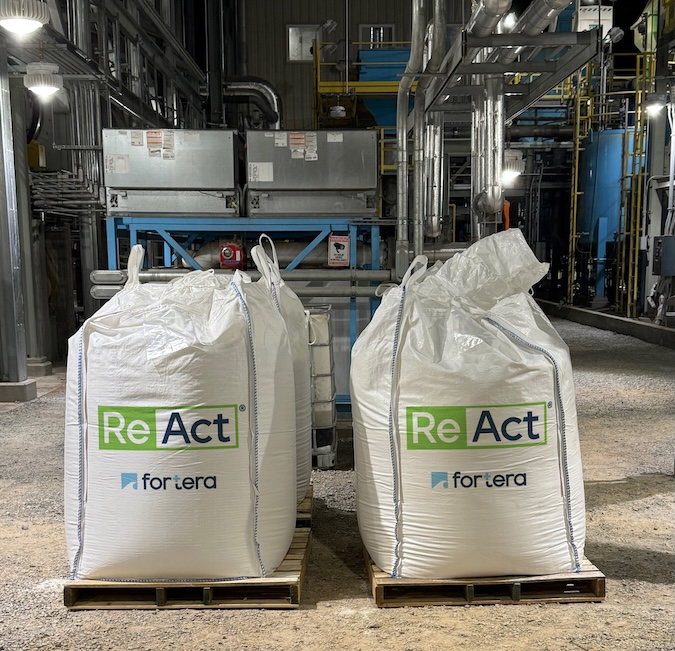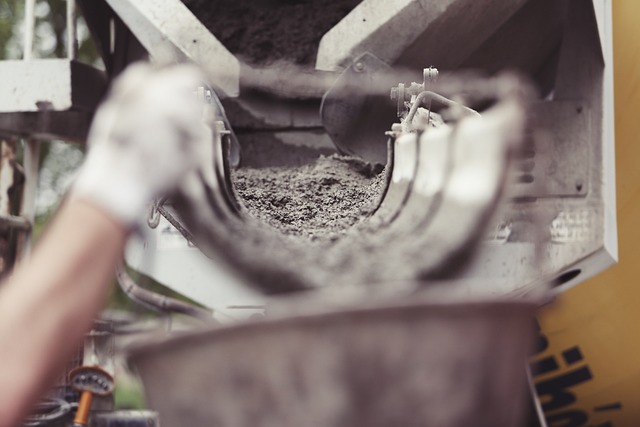Environmentalists’ latest weapon to undermine the use of coal in power generation follows a curious trajectory: The U.S. Green Building Council’s public comment process for LEED [Leadership in Energy and Environmental Design] rating system revisions. A group comprising federal and state environmental and law enforcement agency officials, PEER contends that construction-grade fly ash—the most widely used coal combustion residual (CCR)—should not qualify as a recycled material in the LEED rating system. It conveyed that position to the USGBC, which on January 19 closed the first of two public comment periods this year toward a new LEED version in fall 2012.
“LEED gives green credit for what is an ultimately brown act—putting coal ash into our homes, schools, and office buildings,” claims PEER Executive Director Jeff Ruch. The coal ash market constitutes a multi-billion-dollar subsidy to coal-fired power, he adds, noting, “If coal power generators had to responsibly handle their wastes, coal would not be so much cheaper than solar and other renewable power sources.”
The PEER ploy dovetails with other environmental groups’ rallying of the Environmental Protection Agency (EPA) to implement the more stringent of two proposed rules covering utilities’ CCR handling and disposal. Widely opposed by fly ash marketing and construction materials interests, it would see EPA treat landfill-bound, non-construction grade CCR under Resource Conservation & Recovery Act (RCRA) Subtitle C—a classification reserved for known hazardous wastes.
Concrete and cement interests cite a stigma factor ASTM C618 fly ash would carry under the Subtitle C classification for CCR. In advance of a prospective final rule making, EPA officials are weighing public comments on the proposal, and an alternative that would classify CCR under RCRA Subtitle D, without the hazardous waste label.



